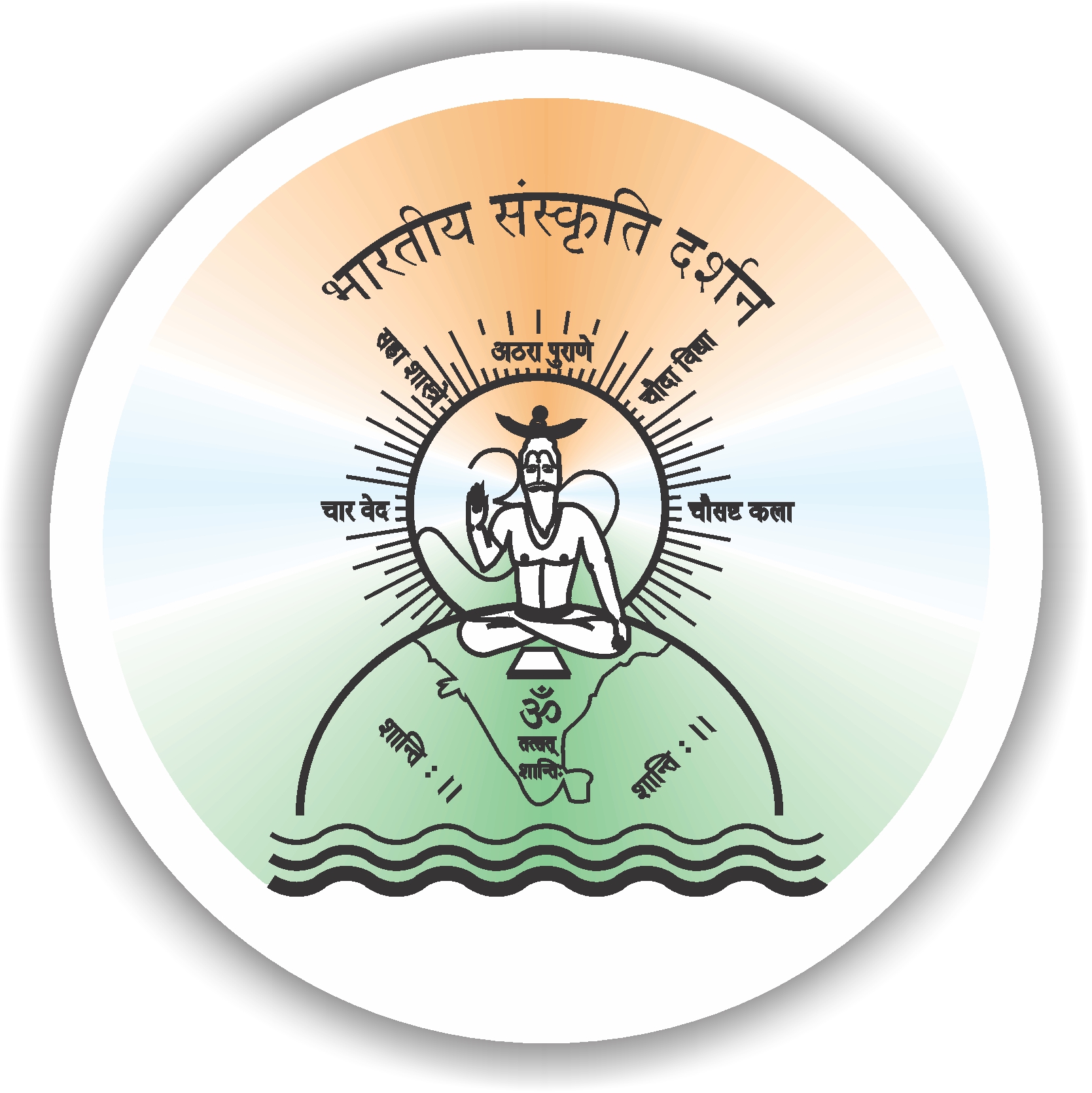Panchakarma
Panchakarma treatment has a significant role in promoting health and prevention of disease. According to Ayurveda, human body is composed of Three Doshas, Seven Dhatus and Three Malas. Equilibrium of all three of them maintains healthy state of our body and mind. Imbalance manifests diseases. Panchakarma consist of five prime procedures which eliminate vitiated Doshas from body through nearby route. It is a curative remedy as well as preventive treatment for many diseases. Before Panchakarma therapy some pre-procedures like Snehana (oleation) and Swedana (sudation) are essential.
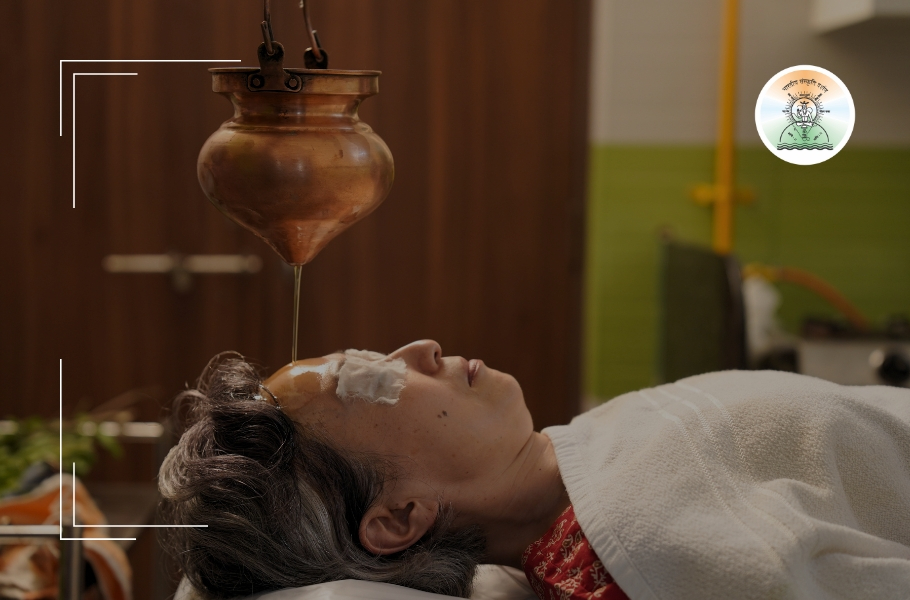
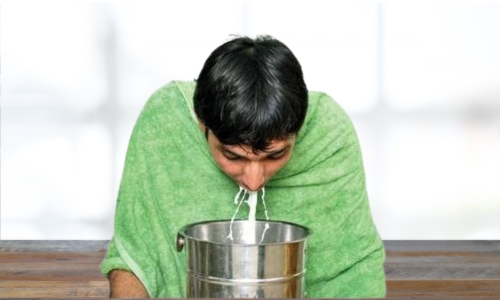
VAMANA (EMESIS)
A process in which the upsurged Doshas are expelled out of the body through mouth, by administering the medicines meant for inducing Vamana. It is useful in purification of mainly upper parts of the body. Chronic ailments of Kapha Dosha like bronchial asthma, migraine, obesity, hyperlipidaemia, diabetes, skin disorders like psoriasis, eczema, urticarial etc. can be cured by Vamana. It is mainly carried out in Vasanta Hrutu (Spring season) i.e. in the month of March and April.

VIRECHANA (PURGATION)
It is a process in which the upsurged Doshas are expelled out of the body through the anus. It is achieved by administering the medicines meant for inducing controlled purgation for specific time. It is useful in detoxification of digestive system organs mainly liver, colon, rectum. This procedure is useful in chronic ailments of Pitta Dosha like hyperacidity, improper digestion, jaundice, high blood pressure, menstrual problems, skin disorders etc. It is advised in Sharada Hrutu (Autum season) i.e. month of October.
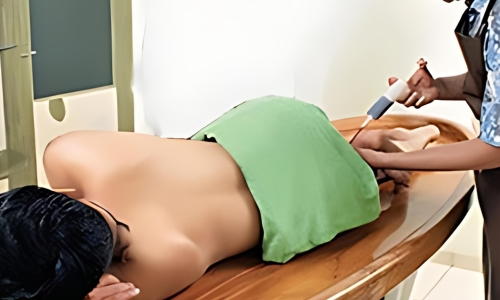
BASTI (MEDICATED ENEMA)
When enema is given by medicated oil, ghee or medicated decoction, it is known as Basti. Basti is considered as ‘Ardha Chikitsa’ i.e half therapy in the disease management, that much importance it holds. It is the principle treatment in disorders caused by Vata Dosha like arthritis, sciatica, spondylitis, diseases of nervous system, hormonal imbalance etc. It is mainly advised during Varsha Hrutu (Rainy season) i.e. month of June-July.
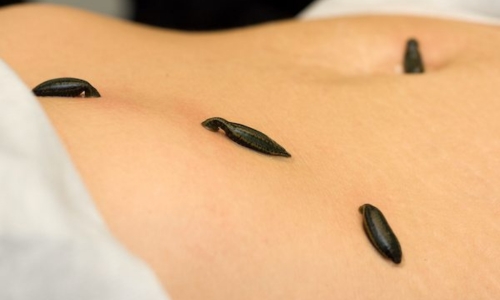
RAKTAMOKSHANA (BLOOD LETTING)
Blood letting from the body is known as Raktamokshan. It is usually done by venesection or by applying leeches on the required area. This procedure is done principally for Pitta and blood disorders. It is extremely beneficial in skin diseases & diseases of spleen and liver.

NASYA (NASAL DROPS)
In this procedure, medicine is administered through the nostrils. The medicine used is in the form of juice, powder, oil, ghee or decoction. Nasya is beneficial in the diseases of ear, nose, throat and head. It cures diseases like chronic rhinitis, chronic headache, migraine, cervical spondylitis etc.
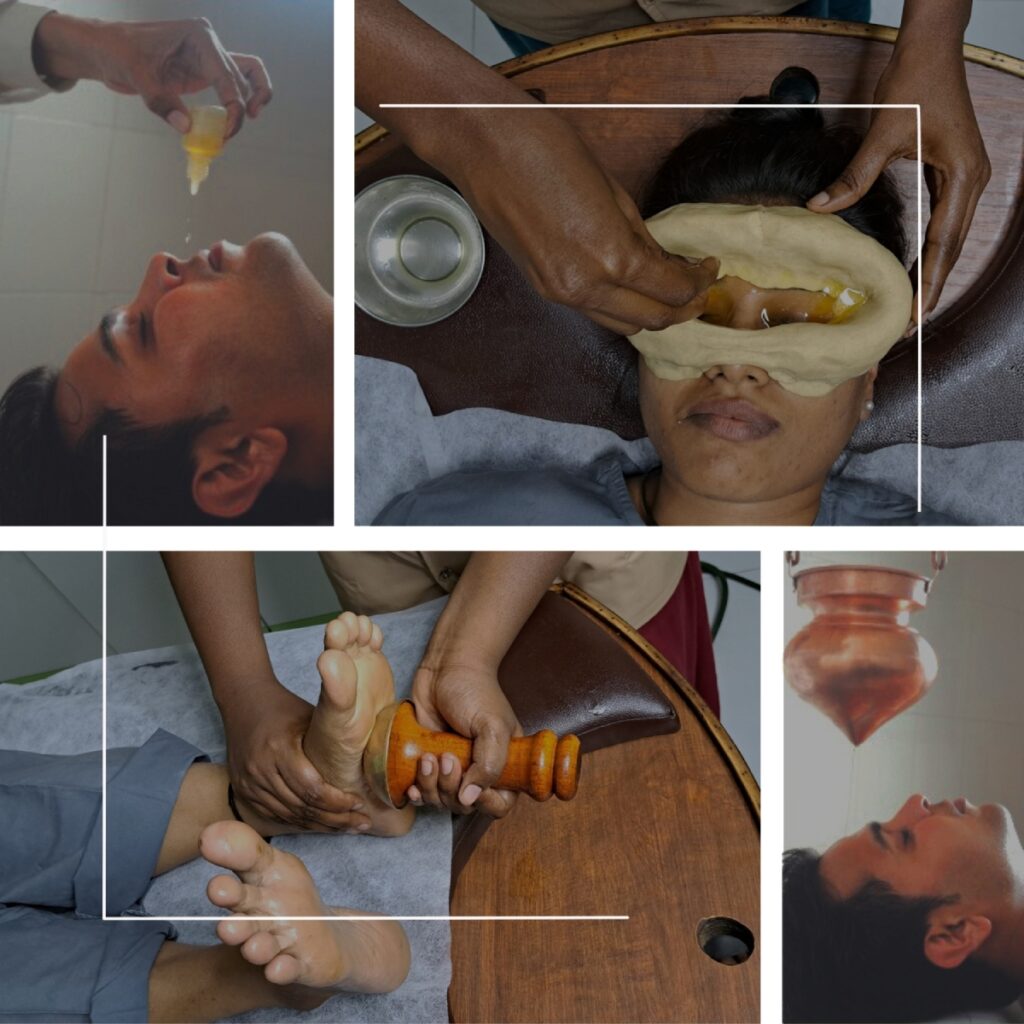

Karnapuran
To pour medicated oil in ears and to hold it for certain period of time.
Uses : Reduces dryness, itching, tinitus in ears, relieves headache, reduces congestion in ears due to wax, improves hearing.

Parishek
To keep constant flow of medicated oil, decoction or ghee over the body.
Uses: In diseases of vitiated vata like pain and stiffness in joints, pain in the spine & back,
tumours, fistula, etc.

Yonidhavan
‘Yoni’ means Vagina. Cleansing of vagina, vaginal passage and cervix with medicated decoctions or ghee is called as Yonidhavan.
Uses : White discharge, vaginal infections and itching or fowl smelling discharge from vagina etc.

Hruda Basti
Pouring medicated oil and holding it with the help of ring shaped dough at the chest region near heart. Uses: To pacify aggravated vata dosha at chest region, nourishes and strengthens cardiac muscles, improves blood circulation, cardiomyopathies.

Shiropichu
Keeping an oil soaked cotton guaze on the crown of head and wrapping it with bandage cloth.
Uses: Induces sleep, reduces eye strain, relieves headache & migraine.

Kaval
To gargle small quantity of medicated decoction or oil before being spit out.
Uses of Gandush Kavala : For oral and dental health, to enhance skin glow, to improve quality
of voice, to heal mouth ulcers.

Upanaha
Herbal mixture is made into poultice, heated and applied over affected area.
Uses : Relieves localised pain, swelling and inflammation, improves circulation and removes toxins from the abscess/tumour.

Yonipichu
A cotton gauze soaked in oil/ghee and inserted in vagina is called as Yonipichu.
Uses:Reduces vaginal pain, itching, improves hygiene, during pregnancy and labour to soften the vaginal passage for smooth delivery procedure.

Kati Basti
Pouring medicated oil and holding it with the help of ring shaped dough at the Kati i.e. lower back.
Uses: To reduce pain and stiffness in lower back, muscle relaxation, spine disorders, improves function of nervous system.

Shiroabhyanga
Head massage with medicated oils.
Uses: Reduces dryness of scalp & hair, relives dandruff problems, improves sleep.

Gandush
To fill the entire mouth with medicated decoction or oil and holding it for certain period of time.

Lepa
Application of pastes formed by mixing herbal powders with water, milk, rose water etc
Uses : Skin infection like ulcers, herpis, non healing wounds, boils etc

Netra Basti
Pouring medicated ghee in both the eyes and holding the ghee with the help of ring shaped dough around the eyes.
Uses: To enhance eye sight, reduce fatigue & heaviness in eyes, reduce dryness of eyes,
revitalizes eyes and internal parts of eyes.

Shirodhara
It is a constant pouring or sprinkling of medicated oil in a controlled manner over the head.
Uses: Reduces stress & anxiety, soothing effect on brain, improves sleep, increases
concentration.

Shiro Basti
Pouring medicated oil in a chamber which is being hold by head like a cap.Holding that oil for specific time period.
Uses: Strengthening of sense organs, sleep disorders.
During Panchakarma therapy and after completing Panchakarma procedure, for certain period, light liquid diet is advised. According to type of Panchakarma, diet and daily regimen changes.
